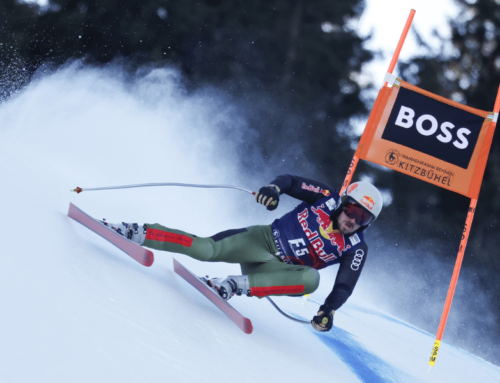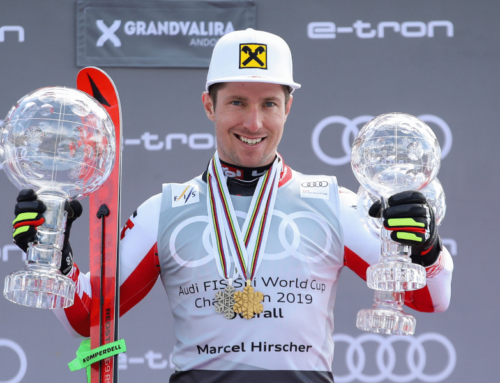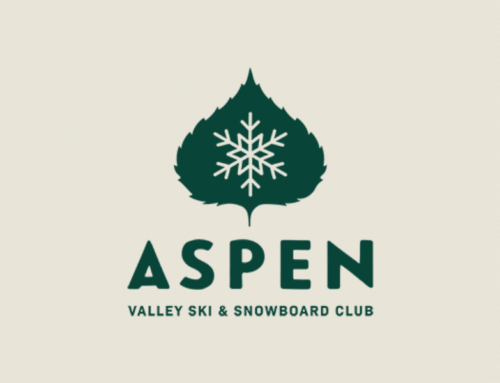Off-season training: Is it worth the massive cost?
Time on snow, time on task.
It’s a universally accepted sport approach that to perfect a skill you need more time focussing on it. All sports, all coaches and all sports philosophies are aligned on this point.
But dig a little deeper and you will discover vast geographical realities that force the conversation to converge, particularly when it comes to on-snow training in the summer and pre-season.
The purpose of off-season training is to help skiers develop and refine skills, test equipment and learn the nuances of being a high level athlete. Every moment on snow in April, July or September has equal value to December. So for aspiring racers and their pocket-book carrying parents, the proposition is near-impossible to ignore.
But at what cost?
Skiing local + creative leadership = cost-effective training
It’s hard to believe that ski racing was once a winter-only sport. When the spring melt started and ski hills shut down, ski equipment was put away for the next seven to eight months.
But ski racing, like most sports, has evolved drastically since those days. If a young racer doesn’t ski in the summer, how far will he or she fall behind, and can they catch up?
It’s a complicated discussion, which requires some unpacking.

According to Rob Worrell, alpine U14 head coach for Ski & Snowboard Club Vail, two factors are important as a baseline for this discussion: defining the age group and defining the prep period.
“A standard gold number for FIS racers is 40-60 days on snow in the prep or summer, it could be 20-40 for U16 and say 0-20 for U14,” explained the 2016 USSA alpine coach of the year, who’s worked with athletes at all levels.
Worrell prefers to use the term “prep period” over “summer skiing” as he believes the next season starts the day after the last race.
Worrell commented that within the Vail program, the prep phase starts as early as mid-April and runs through June where they run local programming for up to four days per week. Then in late October, when Copper and Loveland open, many Rocky Mountain clubs have a chance to run in-state prep training for two months.
“If you’re aggressive you’re going to get around 60 days for preparation, without leaving the state.”
And without breaking the bank.
For FIS racers, with the first races starting mid-November, accessing snow during the prep period requires out-of-state travel, like to Mt. Hood, to get the appropriate number of days, Worrell said.

“You could do less days in the summer and really start hitting racing hard when you get prepared, but that might be a month after the season starts,” he said. “So people have tough choices to make if they don’t have the [resources].”
Covid made the situation particularly challenging, with various forms of travel limitations across the continent, but on most seasons, Worrell relies on creativity, relationships and the art of negotiation to keep the costs down.
“Our kids hadn’t skied since March 13, so we went to Red Lodge (Beartooth Pass) for inexpensive training on T-bars and rope tows for five days.”
Ontario teams perpetually chasing snow
But not all clubs, divisions and provinces have the luxury of nearby training.
Each club program has a unique set of realities in terms of access to snow.
For Southern Ontario Division (SOD) ski team – one of the largest FIS regional teams in Canada – it’s a case of perpetual number-crunching and creative problem-solving to minimize the amount of travel.
“Anytime we want to get off season training we have to get on a plane,” Jacques Reid, the SOD head coach, said bluntly. “It’s a real challenge for sure … in Ontario preseason involves flying, and there’s no other way around that.”
Reid works collaboratively with other teams and programs to use economies of scale, like planning trips at the same location as other programs and working together on shared ground and travel costs. They also allow parents to book flights using points, which can cause a logistical burden, but one that allows for cost reductions.
Typically, the SOD team will host one larger on-snow camp for the first- and second-year FIS racers, usually in South America, with the occasional second camp, such as a freeski camp, in Alberta or B.C., in the spring.
“Mt. Hood is an option for a lot of people. But again we’re getting on a plane, and sometimes flying to the U.S. is just as difficult as flying to Europe,” Reid said.
Is out-of-season training an absolute must to be an elite ski racer?
“That’s a great question, it really depends on the individual,” Reid said. You have to look at age level and to a certain degree everyone is different; for example girls mature earlier than boys and could be ready for opportunities earlier.”
Reid sees one of the larger challenges in Ontario and elsewhere as early specialization, which leads to early traveling for younger racers.
“They start doing these camps at age 12 and 13 and by the time they reach FIS age they may have done a dozen camps to Europe and South America and other places,” he said. “So by the time they reach FIS perhaps we lose a bit of that freshness and hunger for new experiences.”
Reid and his fellow coaches support skiers in multi-sport programs and realize every athlete has a unique set of circumstances and skills.
“If you have a kid who’s very competitive in other sports, they usually … have less time on snow but have what I call ‘time on sport.’ … There are the Mikaela Shiffrins and (Marcel) Hirschers who are hugely successful at a young age and just keep going but also others that find success in their mid-20s, and they may not have done as much in their teen years,” he said.
Reid continues to make lemonade out of lemons.
“We have to be as flexible and open as possible,” Reid said. “Perhaps we have to treat high level athletes a bit differently, we have no choice but to work with them. There are so few ski racers out there and we’re not Austria or Switzerland with a bunch of kids waiting in the wings for regional, provincial and national teams.”
Train local, be selective, get creative
Without question – and regardless of where a ski racer is located – out-of-season training is a necessity, not an option, to progress in the sport of alpine ski racing.
Simply put, on-hill skill development is a requirement, whether snow is in your backyard or multiple time zones away. Those with less advantageous financial resources, or those located in geographically-challenged ski locations, must pursue creative approaches to travel strategies to reduce costs and maximize local skiing.
Easier said than done.





















